A book to read: AMERICAN OASIS by Kyle Paoletta
Since writing this newsletter, I’ve gotten into the delightful habit of buying local books from local authors at local indie bookstores whenever I travel anywhere. Not only do I love reading about a place while I am in that place, but this is a great way to find books that I never would have picked up otherwise. Don't get me wrong, I love book recommendations and top 10 lists as much as everyone. I always want to read the new, hot book that everyone is reading. But I also want to read more esoteric titles. I just want to read everything.
I was in Phoenix a few weeks ago with my friends and I dragged everyone to The Poisoned Pen in downtown Scottdale. I was already familiar with the bookstore, as it’s Diana Gabladon’s home bookstore and I am a major OUTLANDER fangirl. However, a signed copy of Diana’s latest million-page hardback (which I already own anyways) would not fit in my suitcase so I lovingly gazed at the Outlander shelves and then moved onto the local authors section and found AMERICAN OASIS.
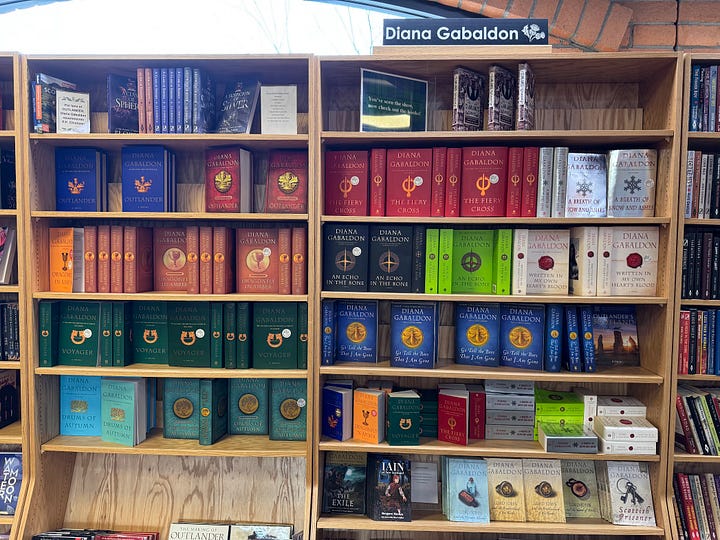

The blurbs on the back of the book made it seem like I’d be reading all about drying rivers and climate change which I wasn’t super excited about. But then I opened the book and found a map on the first page.
It looked like a map detailing greatest hits of my twenties. I traced my finger along highways, remembering hikes through Bryce Canyon, runs along Oak Creek Canyon and that whitewater rafting trip in Cañon City. I remembered rock climbing near Gallup and exploring the kivas and alcove pueblos atop Mesa Verde. I thought about that week my mom and I spent in Tucson, cleaning out my uncle’s trailor. I through about that day I spent in Phoenix when my marriage unraveled. I remember cheering on my High Desert Mavericks at minor league baseball stadiums in Bakersfield and Lake Elsinore. I remember all the mechanics between Shiprock, NM and Groveland, CA who sold me tires. I remember Calvin, the Diné guide who led me through Canyon De Chelly. I think of how I drove myself from Las Vegas to build a new life in Denver, unknowingly two weeks pregnant.
Has anyone else bought a book based on a map?
I’m so glad I bought it. AMERICAN OASIS is a total gem.
Author Kyle Paoletta is an Albuquerque native, coming back to write about the region of his birth after his Cambridge education. It’s my favorite kind of nonfiction book: part travelouge, part memoir, part reporting, and part history. It’s like a cross between Sarah Vowell’s UNFAMILIAR FISHES and Isabel Wilkerson’s THE WARMTH OF OTHER SUNS. Yes, that it very high praise. Paoletta deserves it.
The book is organized by city, starting in Albuquerque. Kyle Paoletta begins by with his childhood in in the Sandia Mountains, but by page 7 we are already unlearning “the fiction of New Mexican racial harmony,” along with him, going back to 1539 when Spain’s Cabeza de Vaca, guided by an enslaved Moroccan polyglot, arrived at the Zuni settlement. Then we shift back to 500 CE, when Puebloans began building elaborate cities in natural rock alcoves.
We learn about how the Acoma built and their Sky City atop a butte west of Albuquerque, and stayed isolated from the 11th century until 1598 when Juan de Oñate opened fire and killed eight hundred Acoma.
A dozen pages later we are in the 1860s as General James Carleton and Kit Carson try to dismatle the Navajo Nation:
Carlton ordered the dismantling of Dinétah: American soldiers burned hogans, slaughtered cattle, and incinerated cornfields. Even the five thousand peach trees that lined the Little Colorado River at the bottom of Canyon de Chelly, the spiritual origin point of Diné culture, were felled. All Navajo were expected to surrender…
Then then we zoom to the disaster that was urban renewal in the 1970s. I know I didn’t weave all these narratives together beautifully, but Paoletta sure does.
A place to explore: Acoma and Canyon de Chelly
Despite Oñate, Carlton, and Carson, Acoma and Diné people still live up in Sky City and down in Canyon de Chelly today.
Canyon de Chelly is a National Monument, maintained in a collaboration between the Parks Department and the Navajo Nation. Many Diné families maintain a traditional residence inside the canyon, so visitors must be accompanied by a Park Ranger or Diné guide.
When I visited the Canyon back in 2011, my Diné guide was Calvin Watchman. It was November, so the leaves would soon be the same orange shade as the rock walls. The canyon was gorgeous, but it’s Calvin that I remember most.
Conversation unfolded as we walked (him: nonchalantly, me: precariously) up a steep canyon wall with a good dropoff below. Time and hundreds of Navajo feet had worn natural footsteps into the sandstone.
Calvin stopped along the way to point up at ancient ruins tucked high in canyon crevices. “I used to play in those pueblos,” he said, adding that his grandmother had warned him to stay out of the cliff dwellings. Not because of the dangers associated with ascending the steep walls, but because Navajos shouldn’t mess with the spirits left behind in the Anasazi ruins.
Calvin admitted he had ignored his grandmother’s warnings, until he felt spirits literally push him out of the ruins and down the canyon walls. He hasn’t been back up since.
There were so many petroglyphs in the canyons. Excepting pyramid walls in Egypt, I’d never seen so many petroglyphs before. I was fascinated by the triangular bodies, three-fingered hands, and figure-eight calendars, carved in the orange sandstone thousands of years ago.
After talking about exploring the canyon as a child, Calvin told us about The Long Walk, when his ancestors were forced to walk 250+ miles to Bosque Redondo (Fort Sumner, NM). Then he talked about getting shipped off to boarding school at Fort Wingate, getting his hair cut off, and his frequent escapes from the school. He walked the the 100 miles back home several times as a kid.
Like Canyon de Chelly, Acoma is only accessible via guided tour. In the 1950s, a road winding up the rock face made the village a bit more accessible (there are still footpaths though!) Atop the mesa are about 300 adobe buildings were a few dozen people live permanently, although thousdands of Acoma come up weekends and special occasions.
A lesson to teach:
I’d never learned about Native Boarding Schools during my own K-12 education. It wasn’t really until I was sitting on that cliff face with Calvin that I heard about the horrors of residential schools.
Thanksfully, resources for teaching about Native American Boarding Schools have exploded lately. Today’s students will (hopefully) have some historical context if they ever find themselves in a canyon, hearing about how someone’s grandfather had his hair chopped off by government agents.
Resources:
Boarding Schools: Primary sources and videos featuring Native American stories and voices - this has a Washington State focus.
Forced Into Federal Boarding Schools as Children, Native Americans Confront the Past: RetroReport video with lesson plans - this is more nationally focused
As a US history teacher, I don’t cover Native American boarding schools too extensively, although I do like to help students make a connection between Native American boarding schools to the educational imperialism that happened in Africa in the early 1900s, which I certainly DO teach. I do this by showing the RetroReport video (it’s only 11 minutes) and asking students to connect Native American experiences to the Ahmed Ben Bella quotes that we’ve studied.
As part of our study on how Africans resisted colonialism, I have my students read a case study about how Algeria resisted French colonialism. I can’t post the whole reading/lesson plan because I didn’t write it. You can buy it (hopefully with grant money or school money) from Brown University’s CHOICES curriculum. In that curriculum, students are given a couple of quotes from Ahmed Ben Bella. One is a story about how he stood up to a teacher who was lecturing his Muslim students about how their religion was wrong. In another quote, Bella discusses the “divorce” between the head and the heart that happenes when you are forced to speak or think in your non-native language - something that most of my own students know intimately.
After studying Ahmed Ben Bella and his resistance to French imperialism, Students have a VERY easy time connecting his experiences to Native American Boarding Schools, which I hope will set them up for success as they dive further into the topic as 11th graders.
Happy teaching, traveling, and reading! See y’all next Sunday.
Affiliate book links in this newsletter are through Bookshop, a book-buying platform that gives independent bookstores tools to compete online and maintain their presence in local communities. If you purchase books via the links in this newsletter, you’ll are financially supporting me AND your local independent book store, so thank you!

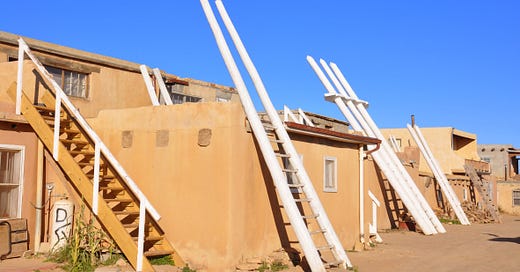


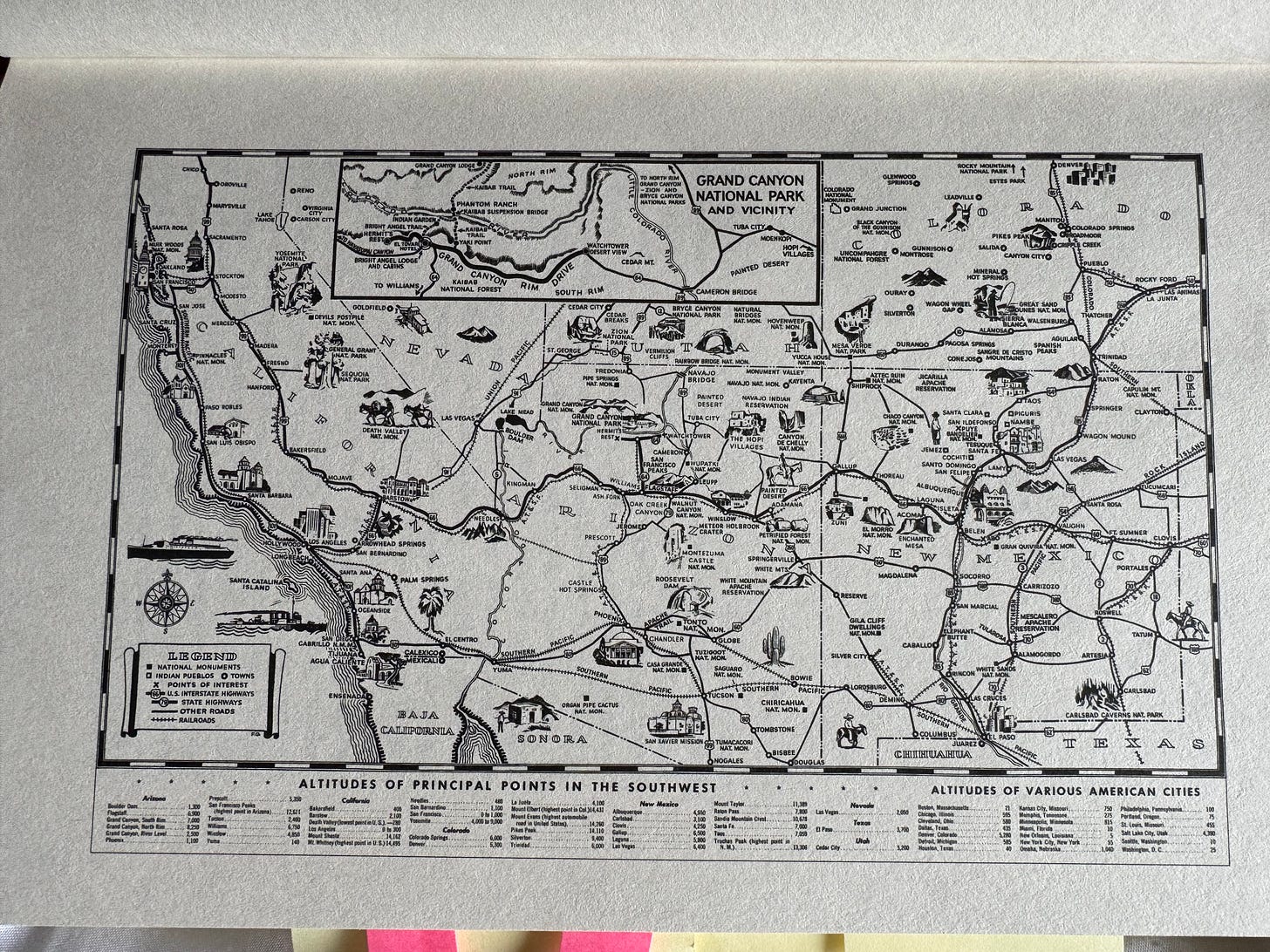
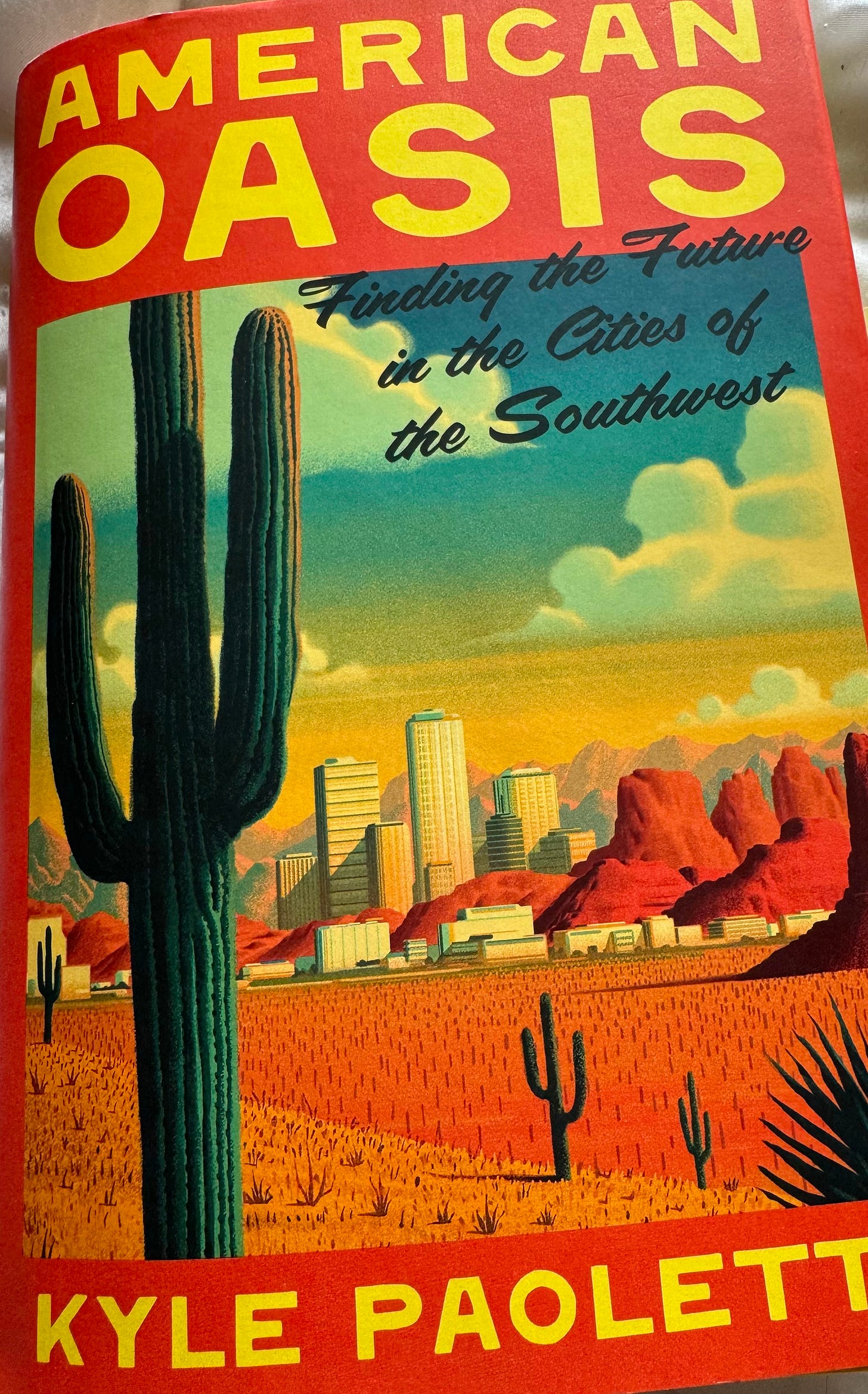
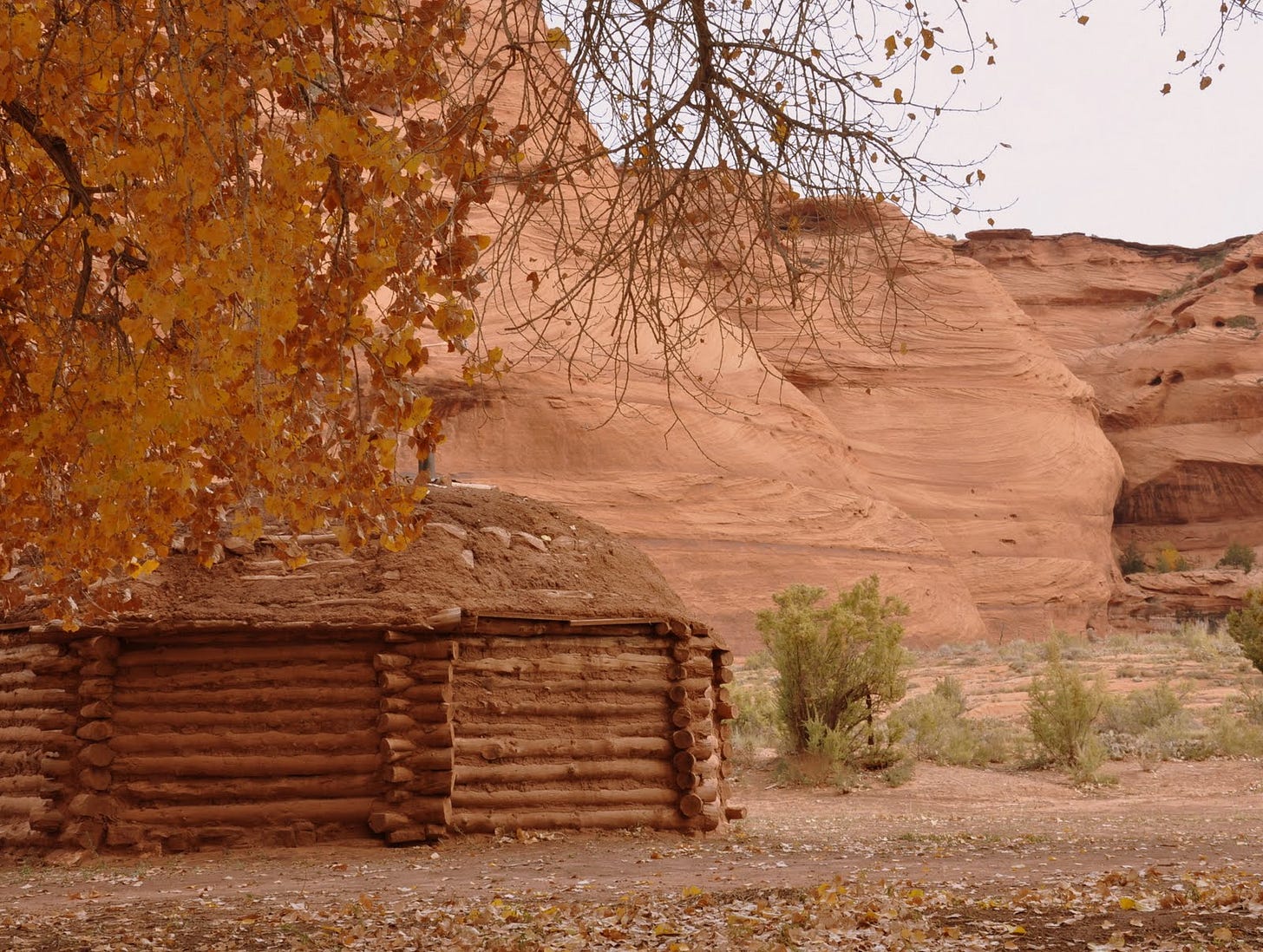

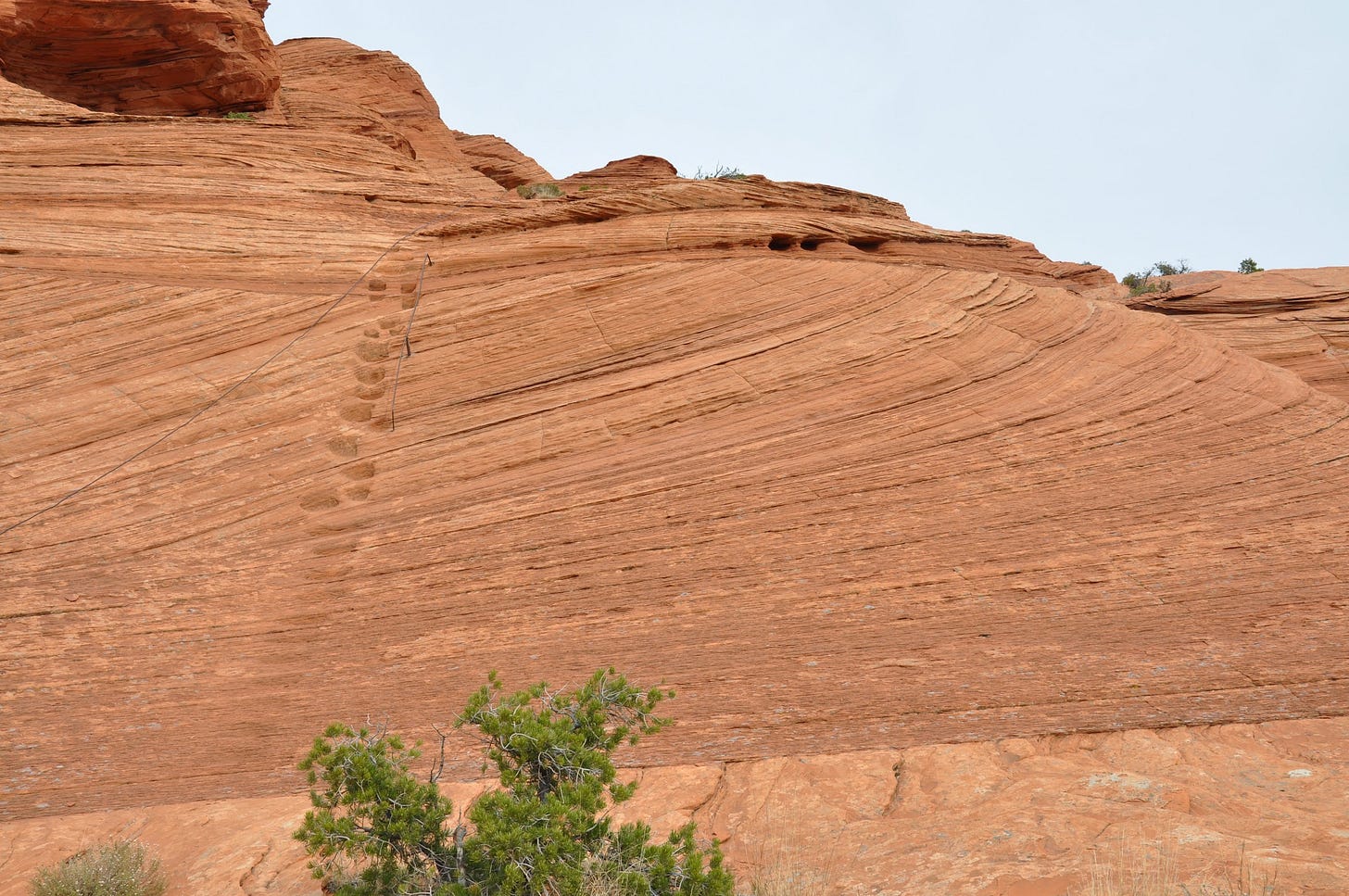
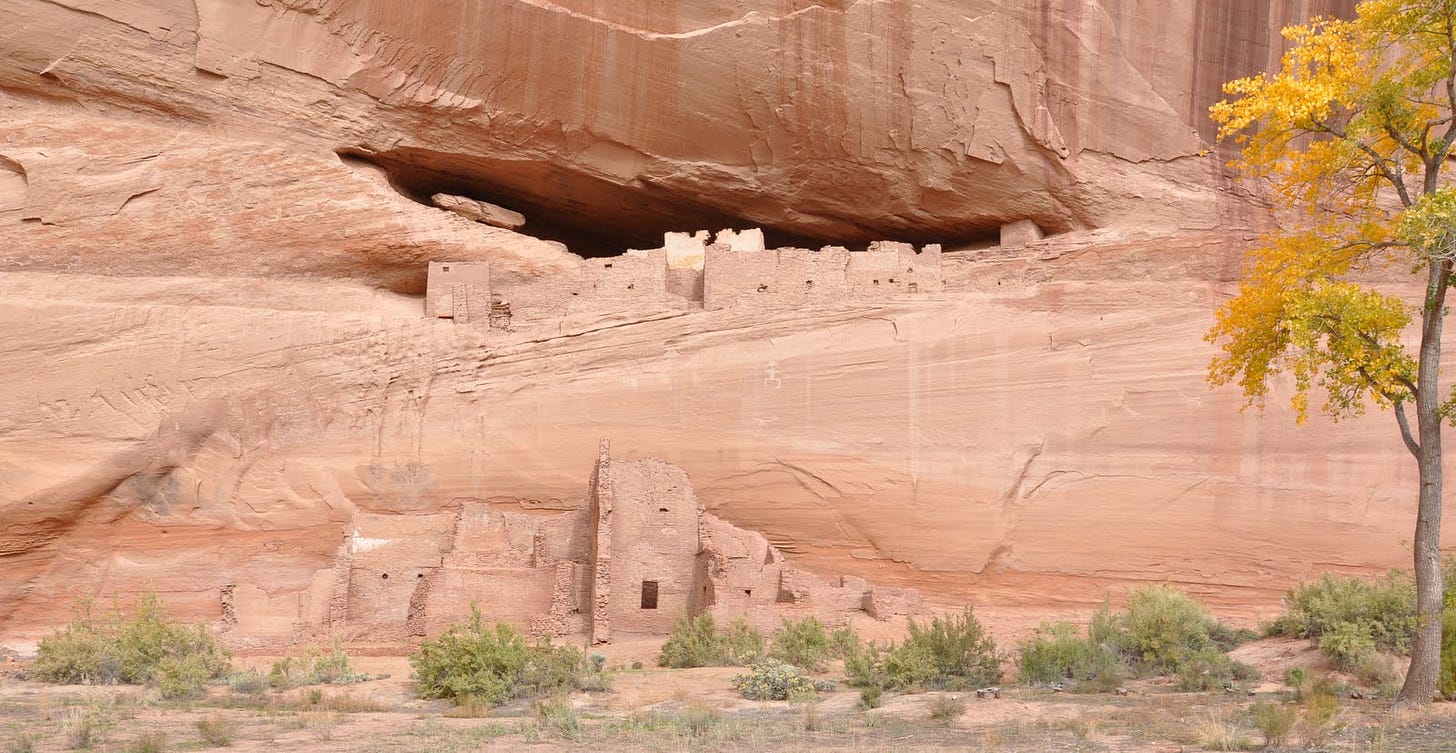
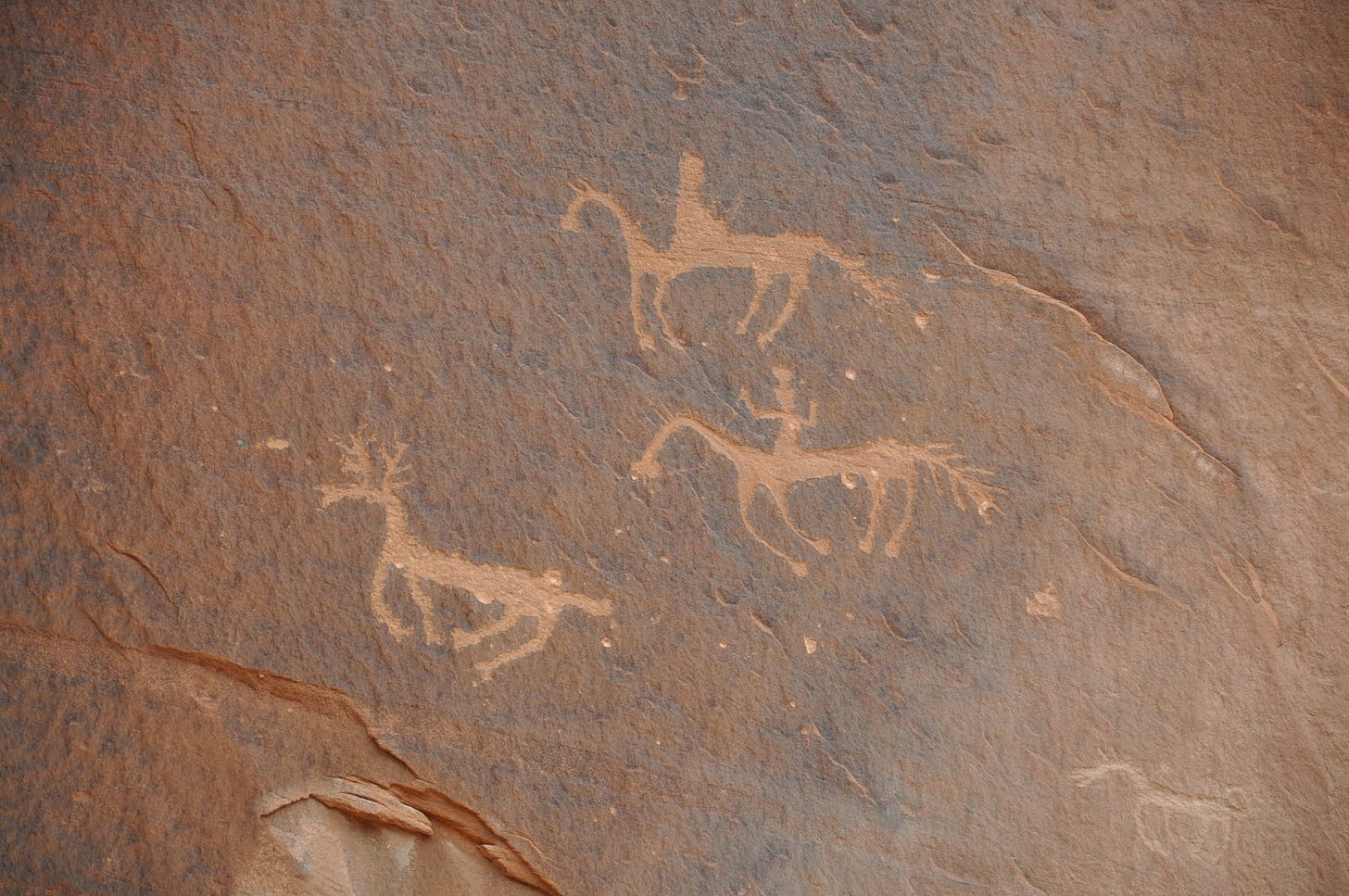
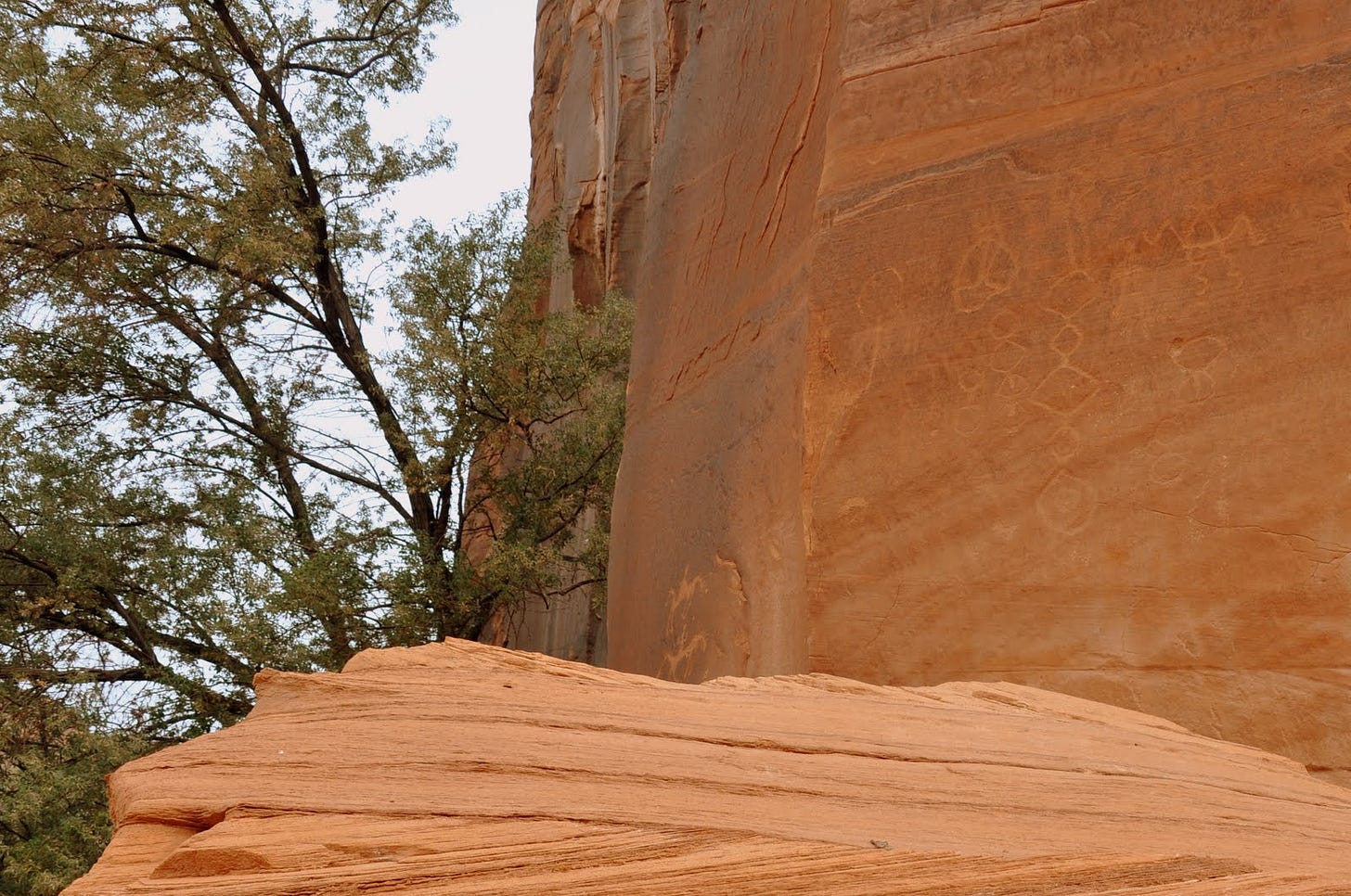
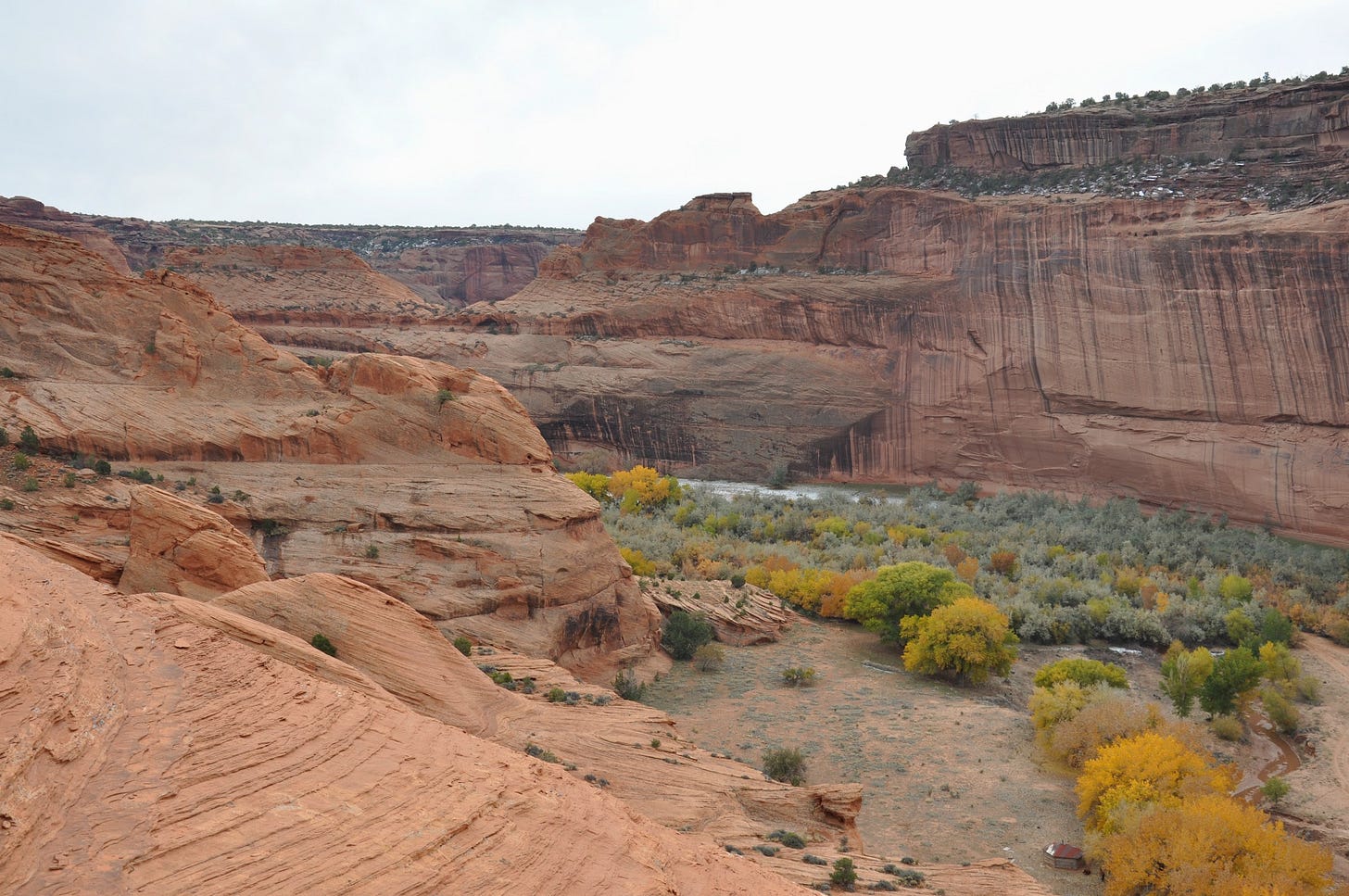
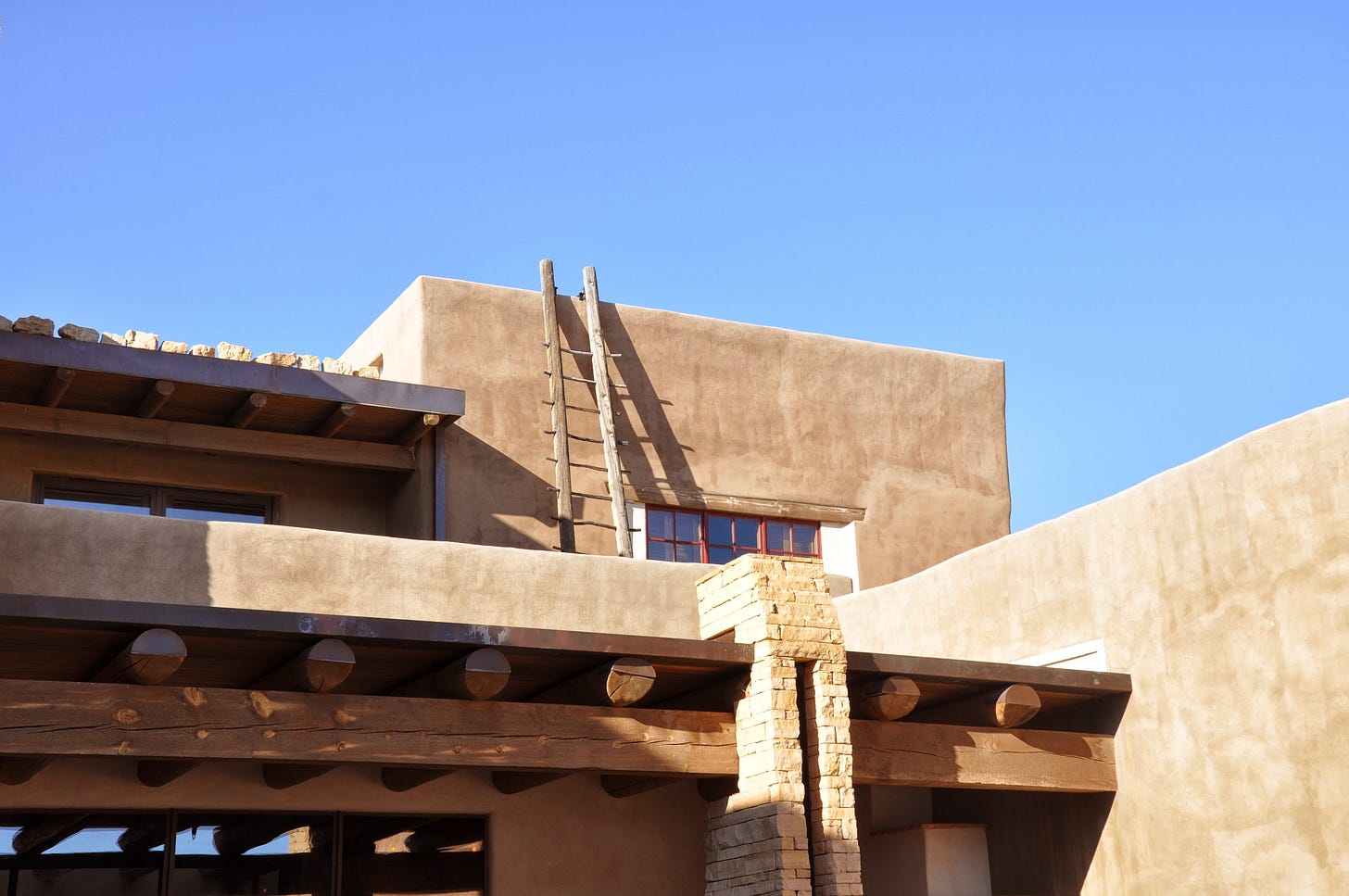
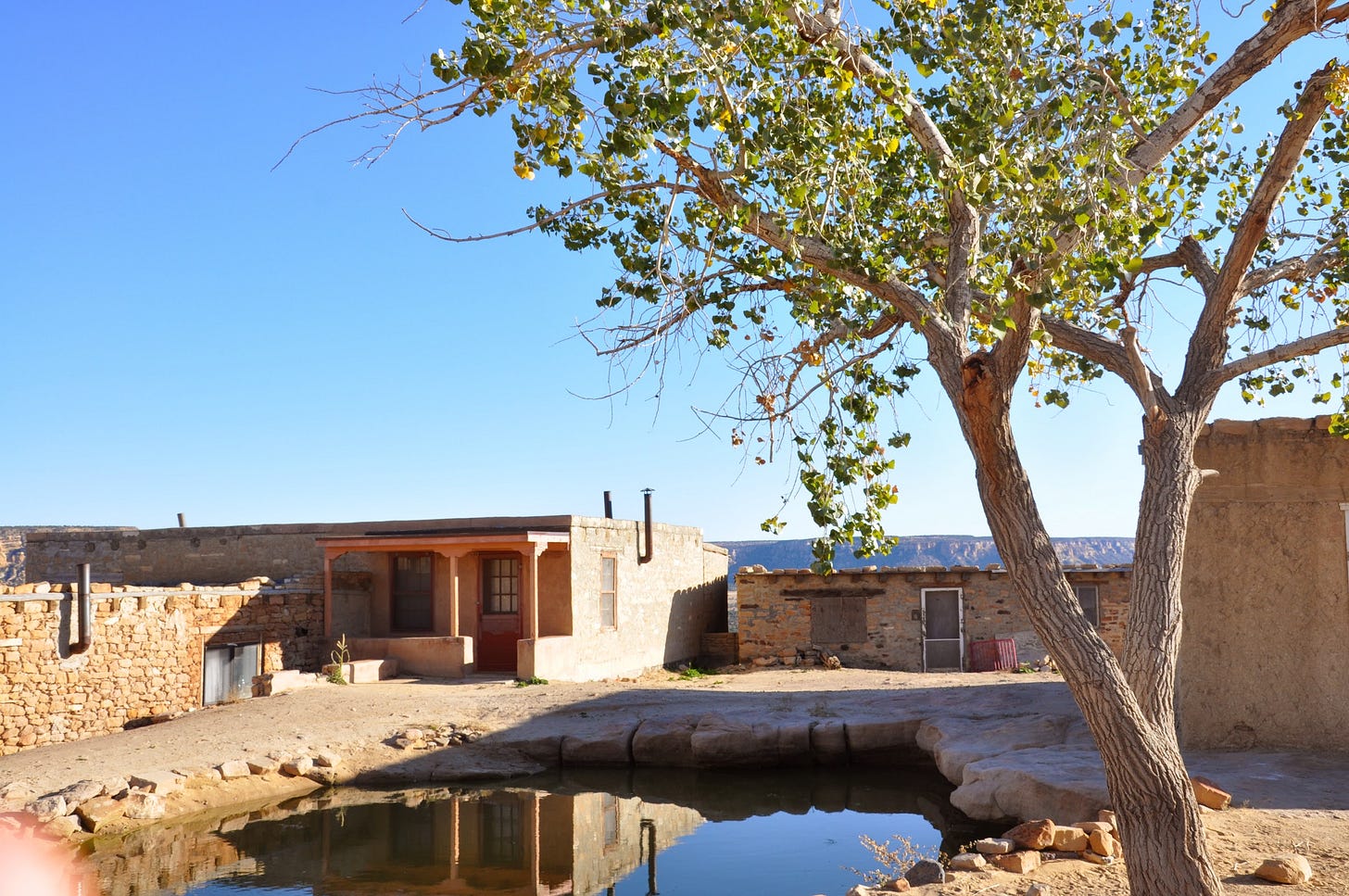
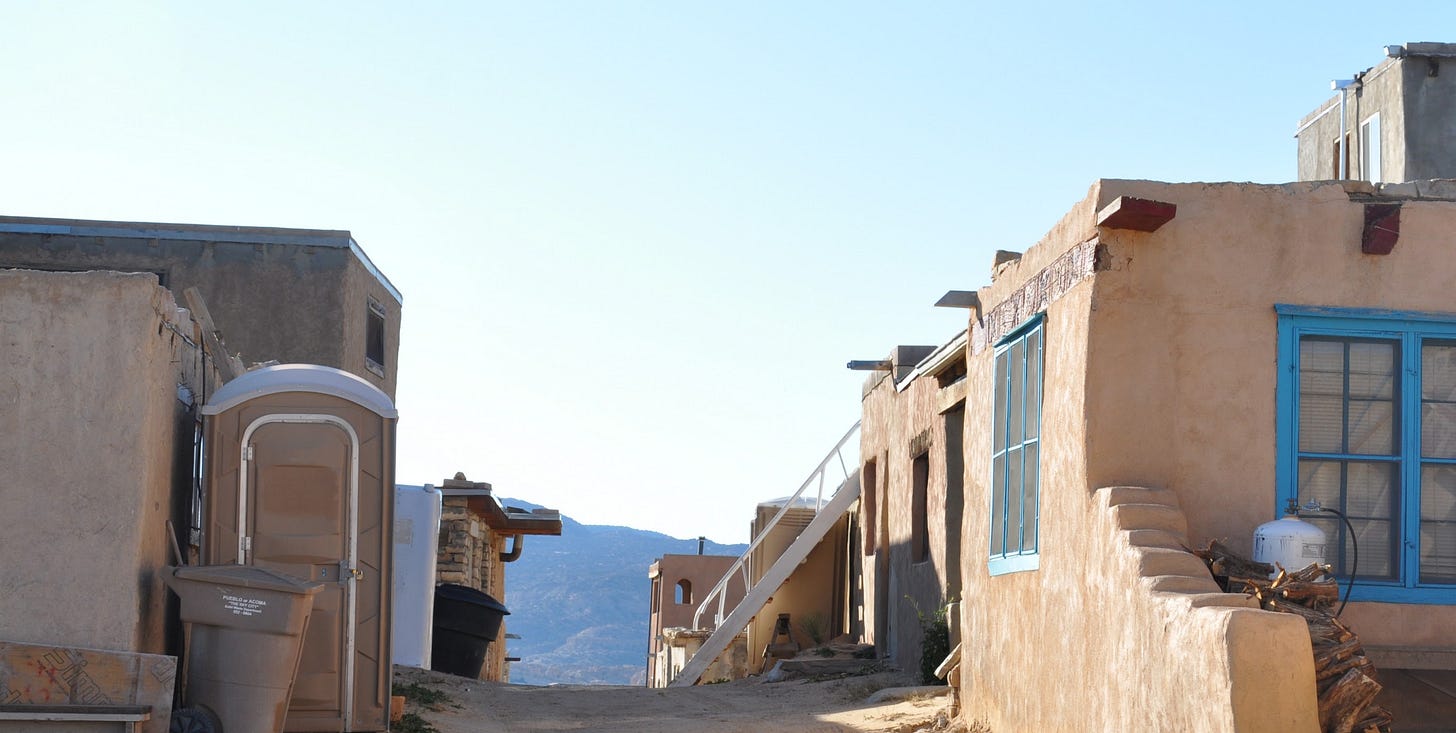

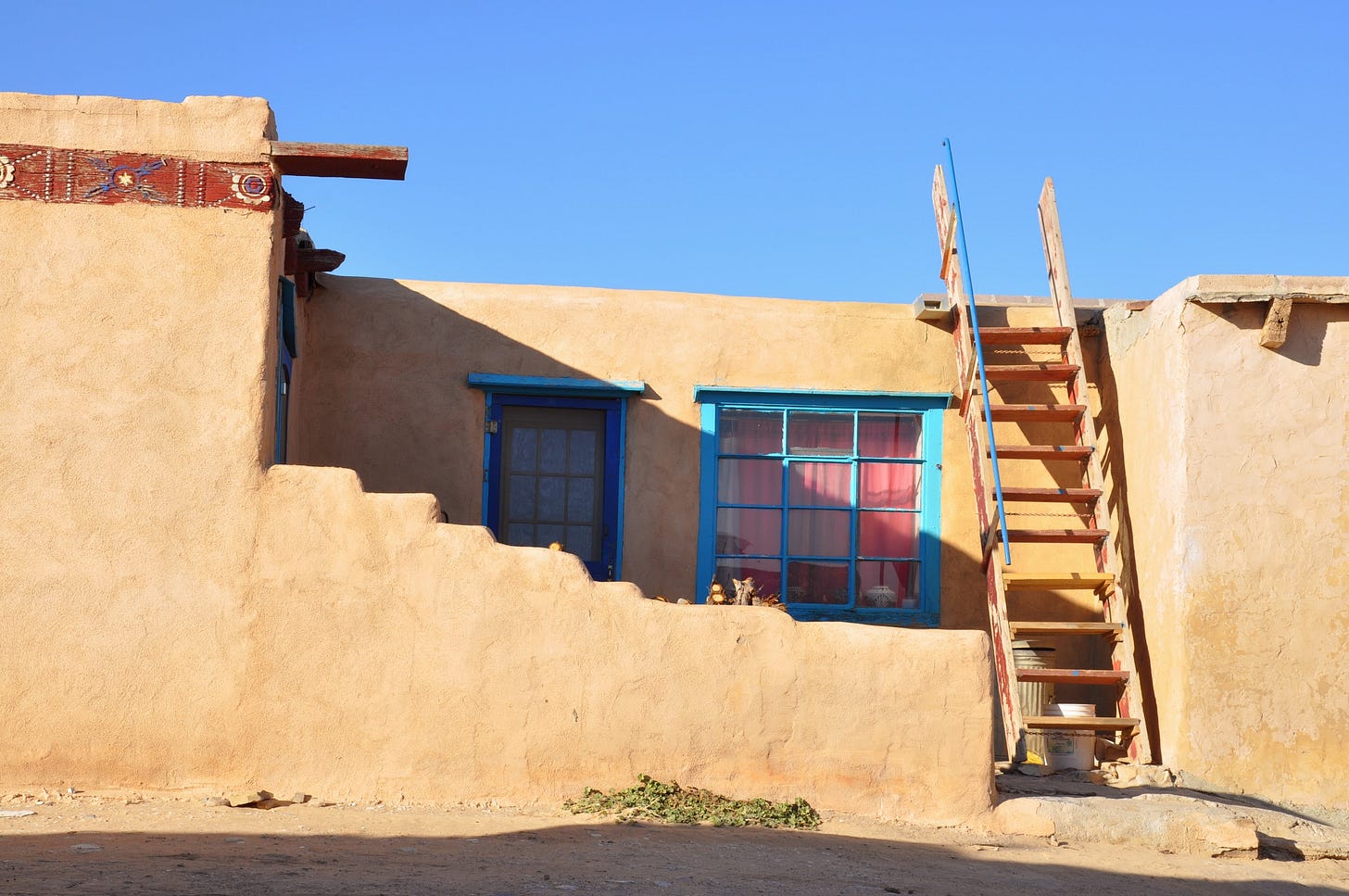


Canyon de Chelly is one of my very favorite spots on the planet. It's stunning, but it also has a feel unlike anything I've ever experienced anywhere else. Thank you for helping me to return there. I also love that you included Calvin's insights...
I love this new habit of yours! Let me know if you ever make it to Denver. I’d love to show you all of my favorite local book stores!
BTW. I love RetroReport! Thanks for sharing. I’ve used it quite a bit with students. Such high-quality videos!